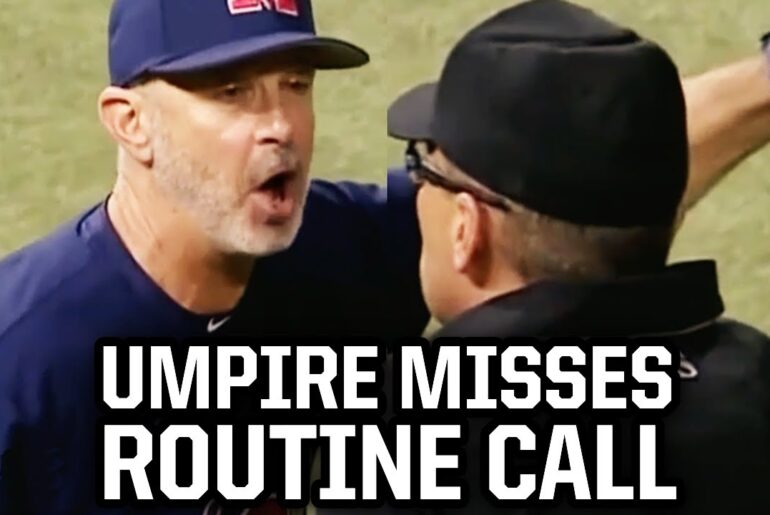In a recent Padres Dodgers game, a series of intriguing instances involving pitch communication and the pitch clock unfolded, shedding light on the evolving dynamics of modern baseball. The game not only showcased the complexities of on-field communication but also highlighted the ongoing debate surrounding the necessity of pitch com in the era of the pitch clock.
Pitch Com: Snell’s Conundrum
One of the focal points of the game centered around the interaction between pitcher Blake Snell and catcher Gary Sanchez. Snell, wearing a pitch com device on his hip, utilized this technology to transmit his desired pitch to Sanchez. However, an incident occurred when Snell signaled a pitch to Sanchez, who seemingly failed to catch the transmission. Frustrated, Sanchez requested Snell to repeat the signal, prompting Snell to once again trigger the pitch com device on his hip. To the surprise of both players, the umpire intervened, deeming the action illegal. A back-and-forth ensued, with Snell arguing that the first baseman’s ability to see the device negated any deception. Ultimately, the confusion led to a controversial moment and raised questions about the future of pitch com.
The Pitch Clock Predicament
As the game unfolded, the pitch clock, a relatively new addition to baseball, also played a significant role. The pitch clock mandates that pitchers deliver their pitches within a certain time frame, aiming to expedite the pace of the game. This shift has implications not only for pitchers but also for hitters and their preparation.
Machado’s Battle with the Umpire
Another pivotal moment involved star player Manny Machado facing off against pitcher Brewster Graterol. As the tying run, Machado confronted a barrage of high fastballs, prompting a series of contentious interactions between him and the umpire. Disputes arose over whether certain pitches were strikes or not, with Machado questioning the umpire’s decisions vehemently. The introduction of the pitch clock added a new layer of complexity to these confrontations, as players now have a limited time to gather themselves between pitches.
The Perception Gap
A central issue throughout the game was the perceived disconnect between players and umpires regarding timing and readiness. Machado’s frustration stemmed from his belief that the pitcher initiated his motion prematurely, catching him off guard. This underscores the challenges of synchronizing timing in a fast-paced game, where split-second decisions can significantly impact outcomes.
Conclusion
The Padres Dodgers game showcased the evolving landscape of baseball, with technological advancements like pitch com intertwining with traditional elements like the pitch clock. The incidents involving Snell, Sanchez, Machado, and the umpires emphasized the intricacies of communication and timing on the field. As the game continues to adapt to modern demands, it remains to be seen how these aspects will shape the future of baseball strategy and player interactions.



